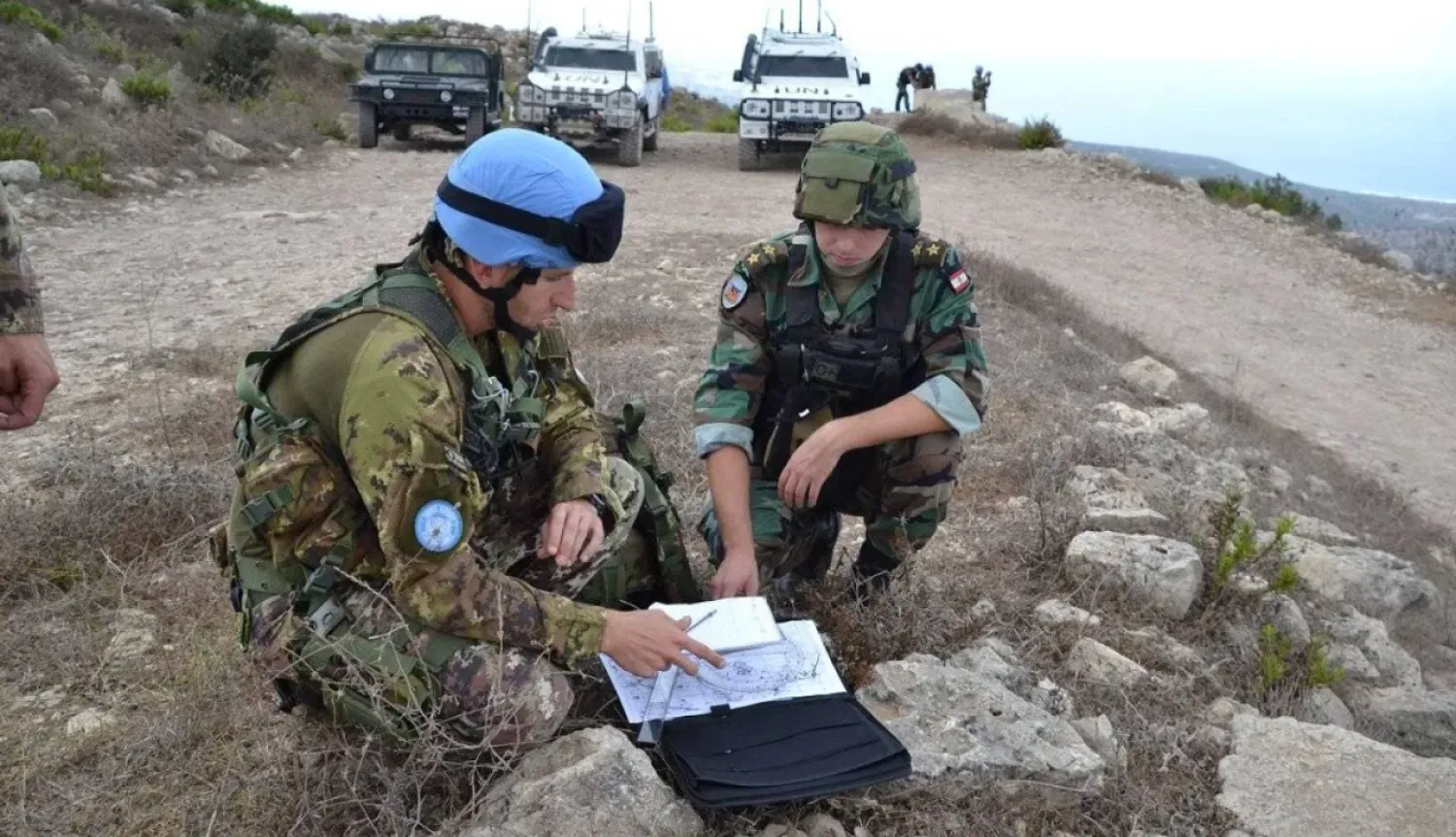The Food and Agriculture Organization (FAO) and the United Nations High Commissioner for Refugees (UNHCR) warned of floods threatening one-quarter of the Internally displaced persons' sites in Yemen.
There are more than half a million individuals in these camps.
Climate change and civil turbulences have widely impacted food item prices in Yemen and made millions become victims of food insecurity.
FAO prepared an update for the yearly National IDP Site Flood Hazard Analysis. In total, 571 (25 percent) of assessed IDP sites have a High Flood Hazard covering a total of 603,000 site residents.
The top 5 governorates with assessed IDP sites having High Flood hazards include Hodeidah (29 percent), Hajjah (27 percent), Al Jawf (22 percent), Marib (13 percent), and Taiz (9 percent).
“An estimated 77 percent of the 4.3 million people displaced in Yemen are women and children, while approximately 26 percent of displaced households are now headed by women, compared to 9 percent before the escalation of the conflict in 2015,” according to the United Nations Population Fund (UNFPA).
“An estimated 8.1 million women and girls of childbearing age require help accessing reproductive health services, including antenatal care,” it added.
“One Yemeni woman dies every two hours during childbirth,” according to the Fund.
The UNFPA added: “Over 1 million pregnant and breastfeeding women are projected to experience acute malnutrition sometime in the course of 2022.”
“People in informal displacement sites are the worst affected, with women and girls, especially female-headed households, people with disabilities, and the elderly the most vulnerable to protection risks.
“Women and girls in the host community must walk more than two hours twice a day to collect drinking water. The journey can be unsafe, leaving them facing increased risks, including forms of gender-based violence (GBV), on the way to or at crowded water points.”









